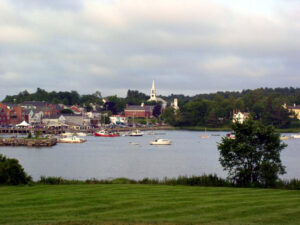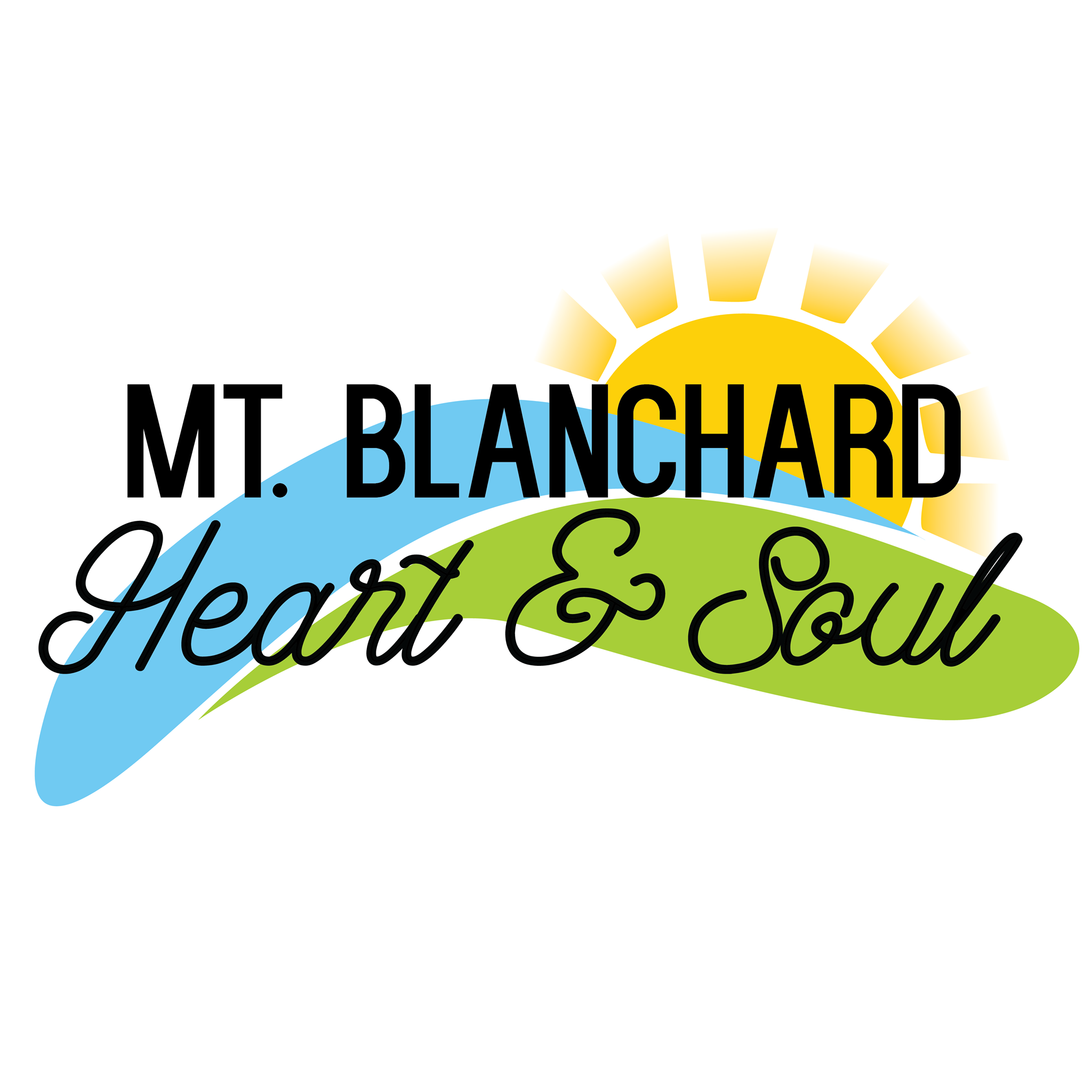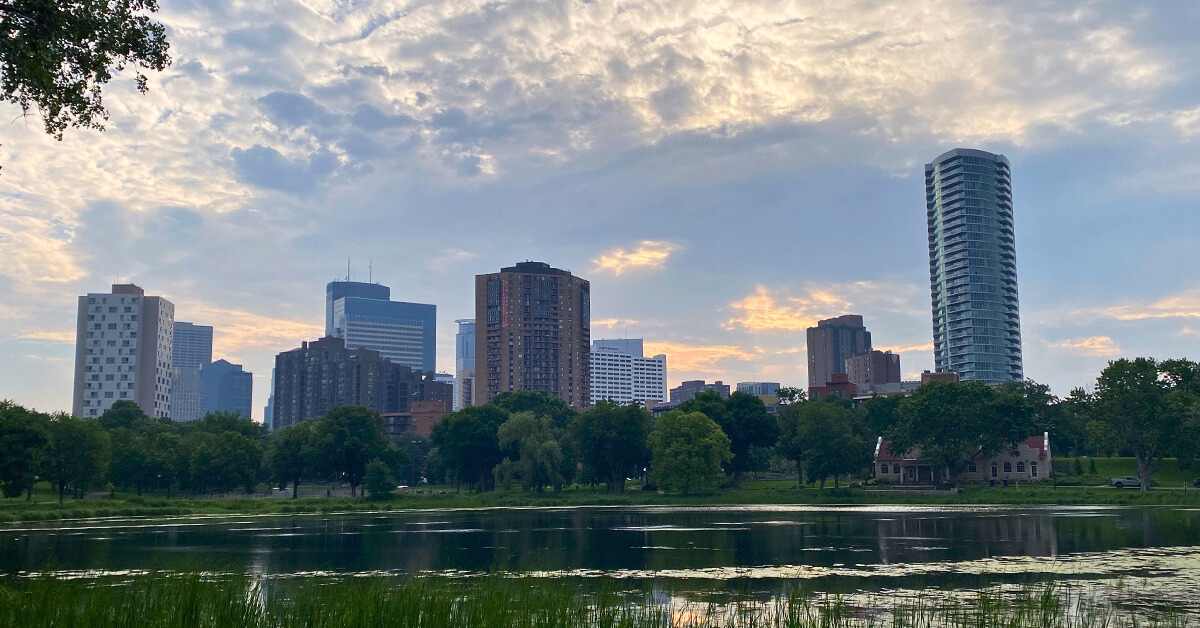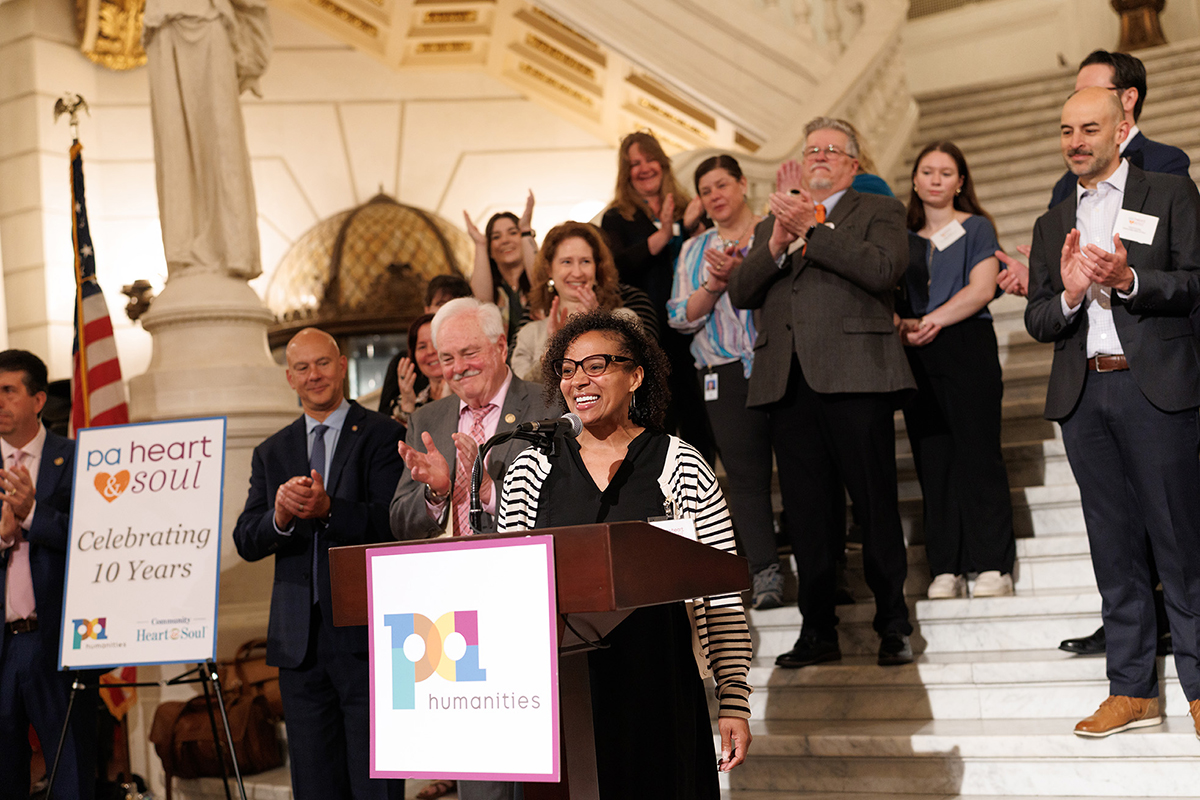Community Heart & Soul Increases Grant and Private Funding for Infrastructure Improvements

Initiated more than a decade ago, the Community Heart & Soul program is a proven resident-driven model that engages the entire population of a town to identify what they love most about their community, the future they want for it, and how best to achieve it. More than 100 small cities and towns across the United States have successfully employed the Community Heart & Soul process to help them move to a brighter, more prosperous future as demonstrated by the results they have achieved.
One benefit of the Community Heart & Soul model is that it often results in increased investment from grants and the private sector to implement community projects. Presented below are vignettes of two Community Heart & Soul municipalities that demonstrate the success of the Community Heart & Soul process to increase grant and private funding for infrastructure improvements. The towns differ in several ways—population, demographics, form of government, culture, community challenges and concerns. However, both towns successfully accomplished their visions, and continue to use Community Heart & Soul to drive their long-range plans.

Damariscotta, Maine, a town on Maine’s midcoast is what the State of Maine terms a “regional service center,” a business hub providing multiple services for a large surrounding area. A small town of just over 2,000 year-round residents, its population swells daily upwards of 5,000, with people coming to work, shop, go to its school or visit its hospital. The summer population grows dramatically with an influx of summer residents and tourists alike. Managing appropriate growth—lower population during nine months of the year with an annual three-month surge of “summer people”—was a major concern of its Selectboard.

Damariscotta Snapshot
- Type of Government: Elected Selectboard
- Population: 2,200 (full time)
- Challenge: Appropriate growth, maintaining small town New England charm
- Focus: Planning
Damariscotta’s Selectboard appointed a Planning Advisory Committee to engage residents through a variety of methods, and charged it with engaging its residents, residents in adjoining communities for which Damariscotta was their service center, tourists, and absent business owners. The Committee carried out a variety of activities–from potluck dinners, workshops, and neighborhood meetings to surveys conducted during summer fairs and festivals and a charrette–to learn what matters most this diverse group of people. Value statements were developed and approved by the Selectboard and used in updating its Comprehensive Plan. A key project emerged through the Community Heart & Soul process: major waterfront improvements (including new municipal restrooms, waterfront park expansion, and sea level rise abatement), which would require significant funding that the town did not have available. Armed with data collected during the process, the Town launched a major fundraising effort to raise sufficient funds to begin the waterfront improvements. As a direct result, the Town raised almost $1 million from business and private donations. At the same time, the data was included in grant requests for specific aspects of the project (e.g., sea level rise abatement). Adding specific data on resident input to grant requests alerted funders to the significant work that had been accomplished to develop specific plans for infrastructure improvements and the community buy-in for those improvements. Further, the availability of matching funds provided by the private and business donors put Damariscotta’s proposals above others that had less data as evidence of community support. As a result, the entire project—new restrooms, storm surge upgrades, sea level rise abatement, park beautification, and parking lot upgrades—has been funded with little outlay of taxpayer dollars.

Damariscotta’s elected officials were onboard with the Community Heart & Soul program from its onset. And while there were sometimes questions as to the many activities taking place, they let the process govern the program as prescribed, resulting in significant, appropriate, infrastructure improvements for the town. Without the community involvement in guiding them in determining what mattered most and the desire to make infrastructure improvements to increase community pride in its services and to contribute to the beauty and accessibility of its waterfront, those infrastructure improvements could not have come to fruition. It has been more than 10 years since Damariscotta implemented its Community Heart & Soul program, and governing officials, both elected and appointed, have changed. The process, however, is still being used in guiding planning decisions. The town’s residents have learned that their voices matter, and they continue to contribute to the discussion.
Mt. Blanchard, Ohio, is a small village in Northwest Ohio, where its favorite son is Johnny Appleseed. Although small in area (approximately one-half a square mile), it boasts three parks, including one that has a pool, playground, and picnic sites.

Mt. Blanchard Snapshot
- Type of Government: Mayor/Village Council
- Population: 485
- Challenge: Lagging economy, low resident involvement
- Focus: Economic development through community engagement
In 2016 the Findlay-Hancock County Community Foundation (FHCCF), whose mission is to improve the quality of life for all in the community, awarded a grant to Mt. Blanchard to implement the CH&S model to accomplish this goal. The focus for the village was increasing community engagement to help village leaders align their decision making with the wants and needs of residents to improve the local economy.

A leadership team came together to connect residents through a variety of means, including story gathering sessions, village meetings, festivals, porch and pool parties, Town summits, and even ice cream socials. More than 130 events were conducted over a two-year period, and 2,500 data points were collected. These activities reached more than half the households in the village, and the municipal leaders were provided with a wealth of data to assist in determining the direction of town’s future, as well as to provide specific, local data to support funding requests.

A small village with limited resources, Mt. Blanchard residents began looking for “low hanging fruit” after core principles and values had been finalized. Quick and affordable improvements included: sporting equipment (e.g., balls and rackets), for its park activities; a new playground feature designed and built by the local FFA Club; repainting lines for the basketball court, etc. These small, early successes led residents to plan for bigger, more meaningful, and longer lasting improvements. As a result, multiple grants have been awarded to Mt. Blanchard, including a Walmart grant for school children’s lunches and a food pantry at Town Hall; an Ohio Humanities Council grant for Heritage Trail improvements; and regional planning grants, Hancock Park District grants, and private donations to refurbish restrooms at Island Park. The response to the Village’s planning initiatives has been so great that funds not expended have been put into a Mt. Blanchard Fund established by The Community Foundation, and interest earned will be used for future community projects.
Damariscotta and Mt. Blanchard illustrate how Community Heart & Soul helps local governments address the challenge of bridging infrastructure funding gaps—first by engaging residents to identify what matters most to residents, then using that information to gain public support and leverage private funding.

Robin is Principal at Mayer & Associates, a strategic communications consulting firm, where she provides services in traffic safety, communications, and social media training for state and local governments. Prior to moving to North Carolina in 2022, she served as Chair of the Board of Selectmen in Damariscotta, Maine.




